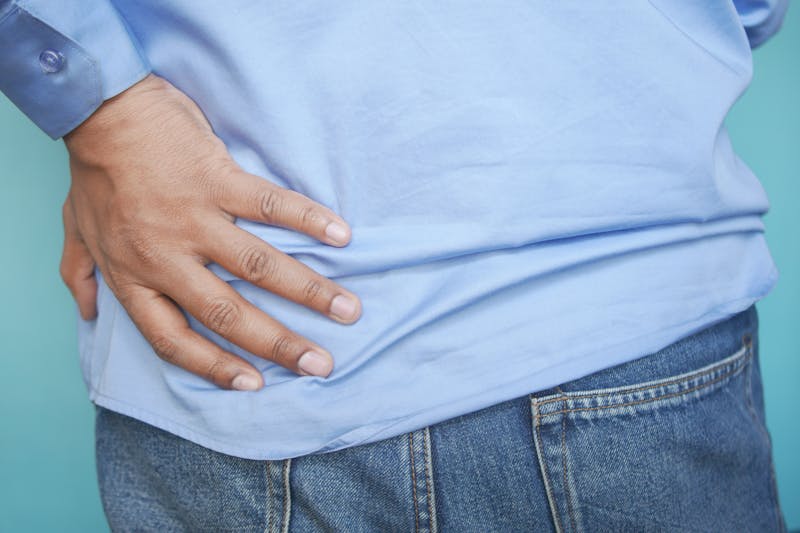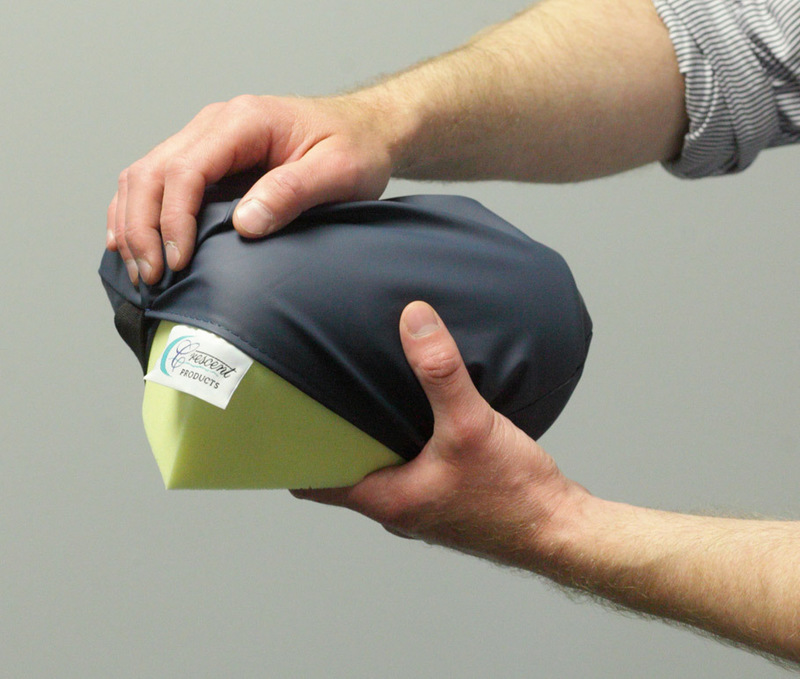The Most Common Causes of Hip Pain in Dentists

Because of the physically demanding nature of their work—from the long hours of sitting to awkward, repetitive postures—dentists are at a heightened risk of developing musculoskeletal issues, including hip pain. What are the causes of hip pain in dentists, and how can you mitigate them to alleviate discomfort and prevent long-term damage?
Why is Hip Pain So Common in Dentists and Hygienists?
Hip pain is a common complaint among dental professionals. Given the long hours spent leaning over patients in static positions, many dentists experience chronic discomfort in the hips and lower back. Research shows that musculoskeletal pain, particularly in the lower back and hips, affects a significant percentage of dental professionals, with studies indicating that anywhere from 60-90% of dentists report musculoskeletal pain at some point in their careers.
In a profession where posture is critical but often compromised, hip pain can become a major obstacle, impacting not only comfort but also productivity and career longevity.
The Causes of Hip Pain in Dentists
Several factors contribute to hip pain in dentists, ranging from poor ergonomics to prolonged static postures. Understanding these causes is essential for preventing and alleviating pain.
- Prolonged Sitting
Dentists often spend extended periods seated in one position while attending to patients. Sitting for long durations, particularly without adequate lumbar support, places strain on the hip flexors, leading to tightness and discomfort. Over time, this can result in chronic hip pain, stiffness, and reduced mobility.
- Poor Posture
Many dental professionals adopt awkward or compromised postures to better access patients’ mouths. This forward-leaning, asymmetric positioning can place uneven pressure on the hips and lower back, contributing to imbalances in muscle strength and flexibility. Poor posture, especially over time, can lead to muscle strain, joint misalignment, and hip pain.
- Repetitive Movements
Dentistry involves repetitive movements, especially of the arms, neck, and torso. These repetitive motions can lead to muscular imbalances in the core and hips, as certain muscles become overused while others weaken. This imbalance can result in hip joint strain and discomfort over time.
- Static Postures
Holding the same position for prolonged periods—whether seated or standing—can lead to muscle stiffness and decreased blood flow. Dentists often experience muscle fatigue in their hips due to these static postures, especially when they are unable to take breaks or adjust their stance.
- Lack of Movement
The sedentary nature of dental work contributes to hip stiffness and immobility. The lack of dynamic movement throughout the day prevents proper blood flow to the muscles and joints, increasing the likelihood of hip pain.
How to Mitigate Hip Pain
Addressing the root causes of hip pain in dentistry requires a combination of ergonomic adjustments, postural awareness, and regular movement. Here are some strategies to help mitigate hip pain:
- Improve Your Ergonomics
Adjusting your chair, dental stool, and patient positioning can significantly reduce strain on your hips. Ensure your dental chair and seating provide proper lumbar support and that your feet are flat on the floor. If possible, alternate between sitting and standing throughout the day to avoid prolonged pressure on your hips.
- Have Postural Awareness
Be mindful of your posture while working on patients. Keep your spine neutral, avoid hunching forward, and try to maintain a balanced position. Regularly check in with your body to adjust and realign your posture.
- Take Frequent Breaks
Regular movement is essential for reducing stiffness and improving circulation. Take short breaks every hour to stretch, walk, or change positions. Even brief periods of movement can prevent muscle fatigue and hip tightness.
- Use Ergonomic Accessories
Consider using ergonomic dental headrests and other accessories to properly position your patients. This can help you maintain better posture and reduce the need to lean awkwardly, which puts less strain on your hips and lower back.
Exercises and Stretches to Help with Hip Pain
Incorporating stretches and exercises into your daily routine can help alleviate hip pain and prevent long-term damage. Here are some recommended exercises for dental professionals:
- Hip Flexor Stretch
- Kneel on one knee with your other foot in front, forming a 90-degree angle with both legs.
- Gently push your hips forward until you feel a stretch in the hip flexor of the leg that’s kneeling.
- Hold for 15-20 seconds, then switch sides. This stretch helps release tension in the hip flexors, which can become tight from prolonged sitting.
- Glute Bridges
- Lie on your back with your knees bent and feet flat on the floor, hip-width apart.
- Press through your heels to lift your hips toward the ceiling, squeezing your glutes at the top.
- Lower your hips back down and repeat for 10-12 reps. Glute bridges strengthen the glutes and hamstrings, helping to stabilize the hips and reduce strain on the lower back.
- Piriformis Stretch
- Lie on your back and cross one ankle over the opposite knee.
- Grab the thigh of the leg that’s on the floor and gently pull it toward your chest until you feel a stretch in your hip and glute.
- Hold for 20-30 seconds, then switch sides. This stretch targets the piriformis muscle, which can contribute to hip pain when tight.
- Cat-Cow Stretch
- Start on your hands and knees in a tabletop position.
- Inhale as you arch your back and drop your belly toward the floor (cow pose).
- Exhale as you round your back and tuck your chin toward your chest (cat pose).
- Repeat this sequence for 10-15 reps to relieve tension in the hips and lower back.
- Seated Hip Stretch
- Sit on a chair with one ankle crossed over the opposite knee.
- Lean forward slightly to increase the stretch in your hip.
- Hold for 15-20 seconds, then switch sides. This simple stretch can be done between patients to relieve hip tightness and maintain flexibility.
Prevent Hip Pain with Crescent Products
With proper ergonomic adjustments, postural awareness, and a regular routine of stretches and exercises, dentists can mitigate discomfort and prevent long-term damage. Prioritizing your physical health will not only improve your comfort at work but also extend your career and enhance your overall well-being.
Designed to be comfortable for the patient and ergonomic for the dentist and hygienist, all Crescent Headrests are memory foam pillows that support the patient’s neck as she or he reclines. The slope of the cushions allows the patient’s head to gently tilt backwards and for the jaw to naturally turn up in an open-forward position. This creates perfect ergonomic positioning of the patient and will to resolve strain for dentists and hygienists. Shop today to transform the way you treat.

